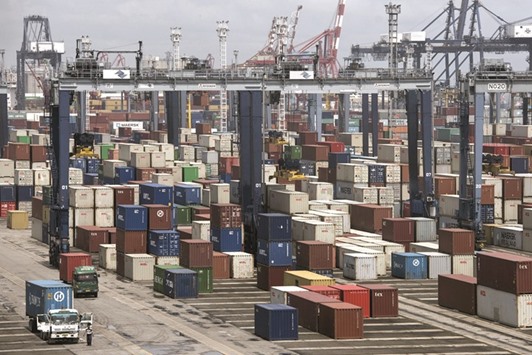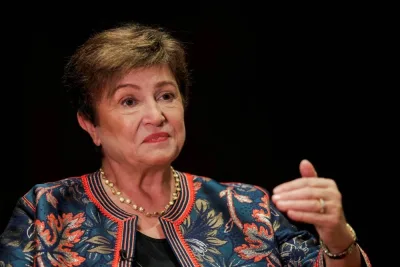Indonesia’s growth rate will modestly accelerate in 2016 after slowing for several years amid higher public investment spending and improved sentiment towards reforms in Southeast Asia’s largest economy, the International Monetary Fund said on Monday.
In its annual policy review, the IMF forecast Indonesia’s 2016 real gross domestic product growth at 4.9%, up from 4.7% in 2015 and 5% in 2014.
The Fund said Indonesia has “safely navigated” challenges caused by the fall of commodity prices and China’s slower growth path, but the outlook could still worsen.
“Risks to the outlook are tilted to the downside, mainly from external factors including more volatile global financial conditions, a deeper-than-expected slowdown in emerging market trading partners and further declines in commodity prices, requiring continued vigilance by policymakers,” the IMF said.
It said medium-term growth prospects are favourable, provided that Jakarta charts a course to more inclusive growth and takes steps to enhance financial system stability.
The IMF Executive Board said that Indonesia’s tight monetary policy in 2015 helped to anchor inflation expectations, with headline inflation expected to remain within the target band of three to 5% in 2016. But they urged a cautious approach to monetary easing.
Indonesia’s central bank cut its benchmark interest rate in February by 25 basis points to 7%, and a Reuters poll shows that a slim majority of analysts anticipates another 25 basis-point cut tomorrow.
“While the recent easing is appropriate, (IMF directors) agreed that it should be gradual and cautious to safeguard financial stability, keep inflation within the target band and support external adjustment,” the IMF said, adding that bond yields should remain market-driven.
The Fund applauded cuts in Indonesia’s energy subsidies in 2015 but warned that low oil prices were causing government revenues to underperform their targets. It said that this would require steps to diversify revenues so that the government can continue to make infrastructure and social investments to boost the economy’s growth potential.

Shipping containers at Tanjung Priok Port, North Jakarta. In its annual policy review yesterday, the IMF forecast Indonesia’s 2016 real gross domestic product growth at 4.9%, up from 4.7% in 2015 and 5% in 2014.


